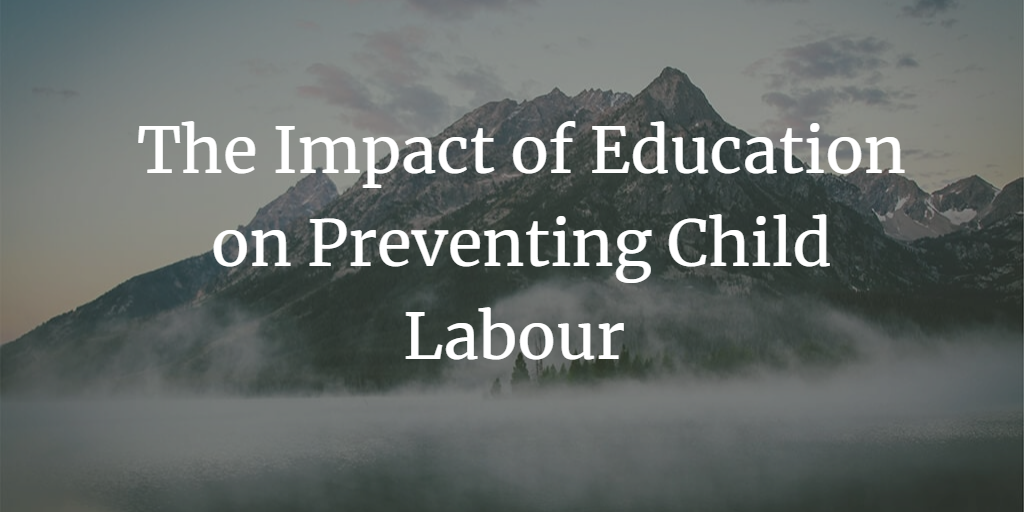The impact of Education on preventing Child Labour

Table of Contents
Introduction
Child Labour in India: A Brief Overview
The significance of education in the prevention of child labour
Government Initiatives for Education and Child Labour
Challenges in Implementing Educational Initiatives
Recommendations
Conclusion
Introduction
Child labour is a pressing issue in India, with millions of children forced to work in exploitative and hazardous conditions. Education plays a vital role in preventing child labour by empowering children and breaking the cycle of poverty. This article delves into the relationship between education and child labour, government initiatives, challenges faced, and recommendations for a brighter future for India's children.
Child Labour in India: A Brief Overview
India has one of the highest numbers of child labourers in the world. Factors contributing to child labour include poverty, lack of access to quality education, and cultural beliefs. Child labour not only denies children their right to education but also exposes them to physical and psychological harm.
The significance of education in the prevention of child labour
Education is a powerful tool in preventing child labour by:
Empowering children: Education equips children with knowledge and skills, increasing their chances of securing better job opportunities and breaking the cycle of poverty.
Raising awareness: Education helps raise awareness about the dangers of child labour and the importance of respecting children's rights.
Promoting social change: Education fosters a more equitable society by challenging traditional beliefs and practices that perpetuate child labour.
Government Initiatives for Education and Child Labour
The Indian government has taken several steps to promote education and combat child labour:
Right to Education Act, 2009: This Act guarantees free and compulsory education to all children aged 6 to 14.
National Child Labour Project (NCLP): The NCLP aims to eliminate child labour by providing education, vocational training, and rehabilitation services to rescued child labourers.
Mid-Day Meal Scheme: This scheme provides free meals to school-going children, encouraging enrolment and retention in schools.
Challenges in Implementing Educational Initiatives
Despite these initiatives, challenges remain in the fight against child labour and promoting education:
Lack of access to quality education: Many rural and remote areas lack adequate educational infrastructure and resources.
Poverty: Poverty forces families to prioritize immediate economic needs over education, pushing children into the workforce.
Cultural beliefs: Some communities view child labour as a way of life, making it difficult to change attitudes and practices.
Recommendations
To strengthen the impact of education in preventing child labour in India, the following steps can be taken:
Improve educational infrastructure: Invest in building schools, providing resources, and training teachers in rural and remote areas.
Raise awareness: Conduct awareness campaigns to educate communities about the dangers of child labour and the benefits of education.
Engage stakeholders: Involve parents, community leaders, NGOs, and the private sector in the fight against child labour and the promotion of education.
Strengthen enforcement: Enhance the enforcement of child labour laws and ensure timely and appropriate action against violators.
Economic support: Provide financial assistance to families in need to reduce the economic pressure that forces children into labour.
Skill development: Offer vocational training and skill development programs to help children transition from labour to decent work opportunities as they grow older.
Conclusion
Education plays a critical role in preventing child labour in India by empowering children and breaking the cycle of poverty and exploitation. By improving educational infrastructure, raising awareness, engaging stakeholders, and providing economic support, India can foster a brighter future for its children and pave the way for a more just and equitable society.


